I am a massive advocate of the people who take the leap to becoming self-employed, and kick off their own business. After running a business myself, for a number of years now, I understand the risks and struggles involved with giving up the security of regular pay cheque and opting to build something on your own.
But one thing I have found over my days as an adviser is that self-employed people tend to be very poor at building their personal wealth. That is, assets separate to their business.
They channel all their time, effort and attention into growing their business, often forgetting about their personal net worth. They neglect assets outside of the business and this leaves them in a very risky situation financially.
So today I want to make this blog, for all the business owners out there, to give you my key tips on how to establish an effective financial plan as a self-employed person.
For the purpose of this blog, I am going to assume that you already have an existing business that is generating revenue. This is not a guide as to how to setup, structure or run a business – that is a topic for another day. This is a guide to help existing business owners develop a financial plan to build their personal net wealth.
Firstly, a financial plan is forward looking. It is instructions as to how your money will be allocated in order to achieve your financial goals. Now it is very hard to allocate money if you don’t know what is coming in and therefore my first tip is to create a steady, reliable income stream from your business.
Sometimes this is easier said than done, as revenue streams can sometimes be lumpy. Some months you might be run off your feet, and earn heaps of money, and other months you might have nothing coming in. But this shouldn’t stop you drawing a regular income from your business.
One of my first tips to business owners is to establish a healthy cash reserve in your business. You should aim to always have 3 to 6 months of drawings plus expenses, readily available, in cash, at all times. If your income sources are really lumpy and sporadic, then aim closer to 6 months but if your revenue streams are fairly consistent then you can get away with 3 months.
This will allow you to take a regular income from your business, no matter what revenue you generated that month. In good months, you can top up your cash reserve and in bad months you will be drawing down.
It doesn’t matter how you take income from your business, whether it be drawings or a salary, this same principal applies. Have that buffer and draw down consistently.
By doing this you have just achieved a crucial element in wealth creation and that is a reliable income source. You can now allocate that income source to where it needs to go in order to achieve your financial objectives.
Next, you need to start using a portion of that income to build assets, outside of your business. This de-risks your situation as many self-employed people have both their wealth and income tied up in their business which is very risky, because if your business fails then you have nothing to fall back on.
By creating wealth, separate to your business, you are diversifying both your income sources and assets. This is going to put you in a much better position to achieve a sense of financial freedom that people seldom achieve.
There are many different avenues that you can use to build wealth. Generally speaking, I am a big fan of starting by buying your own home, building up some equity in your house, and then looking to expand into other avenues like shares or investment properties. But I also strongly suggest that you allocate some of that money to superannuation.
Superannuation is a fantastic system that allows us to invest for the long-term and save tax, yet many self-employed people don’t pay themselves super because they don’t have to. Today I want to tell you, plain as day, that if you earn over $20,000 and you are not utilising your super, then you are not maximising your wealth.
You should, at a minimum, be putting in 10% of the income you draw from your business into super as this is the amount you would be required to contribute if you were an employee. Now obviously there are cap limits to be mindful of, which I won’t go into full detail now, but as a rule of thumb, contribute 10% of your income up to a maximum of $27,500 per financial year (current concessional contributions cap limit in the 2021/22 financial year).
If you want to know why I like super so much, I have done plenty of videos and blogs on it in the past which you can go back and have look through.
Next, I want to talk a little about borrowing money as a self-employed person. The ability to leverage opens up a whole new world of wealth creation strategies but it is more difficult to borrow money as a self-employed person.
When you are self-employed, most lenders want to see 2 years of tax returns before they will even consider lending money to you. So obviously, you shouldn’t be planning to borrow money as a newly self-employed person.
The other common issue I find with self-employed people when it comes to borrowing money, is that they do everything they can to minimise their accounting profit, so they pay less tax. While paying less tax is great, it means you won’t be able to borrow much as lenders will look at the profit generated by the business, and your share of that profit (wages/salary included), when assessing how much you can borrow.
So, if you are one of the self-employed people who get a little colourful with the expenses you claim, putting some of your personal living expenses through the books, then not only will you have the ATO breathing down your neck, but it will mean you can’t borrow as much. Likewise, if you are prone to do a “cashie”, hello to all the tradies out there, then this leads to the same issue – banks don’t lend money on cashies!
Moral of the story – you need to pay some tax to be able to borrow money!
So, we have talked a bit about establishing a steady income stream, building assets, contributing to super and borrowing money, but what about protecting your financial position as a self-employed person.
There are different layers of protection you need to have. There is the protection that comes from the structuring of your business, such as operating through a company as opposed to sole trader. There are the industry specific insurance policies, such as professional indemnity insurance or public liability. But what I want to talk about today is protecting your financial position in the event you were unable to work due to accident, illness or injury.
Self-employed people typically need to consider the same personal insurances as an employee, that is Life, TPD, Trauma and Income Protection. But on top of that, they also need to consider what would happen to their business if they were unable to work. This is where key person insurance, business overheads insurance and buy-sell agreements come into play.
As the name suggests, key person insurance protects the business against a temporary or permanent loss of a key person in the business. This comes in the form of a Life, TPD and/or Trauma policy held over the key person with the benefit payable to the business. If the key person were unable to work in the business, the proceeds of the insurance policy may be used to either replace revenue or be a source of working capital.
Please note, there are different tax treatments for key person insurance depending on whether it is used for revenue or capital purposes. I won’t go into these in detail now.
Business overheads is another form of insurance that may be appropriate. It’s a bit like an Income Protection policy for your business. It will pay a monthly benefit for the day to day running costs for up to 12 months if the insured person is unable to work due to sickness or injury.
If there is more than one owner in your business, then you should also take into account your buy-sell agreement. An aspect of this agreement should consider if one party were unable to work in the business due to death or disablement, how would the existing partner buy out their share of the business. It is common to use a Death or TPD policy to fund this arrangement.
So, as you can tell, there is a lot to consider when it comes to establishing a financial plan for a self-employed person, and this is by no means an exhaustive list! These are just a few of my key tips for the general business owners out there but of course everyone’s situation is a little different so you need to consider what is appropriate for you.






